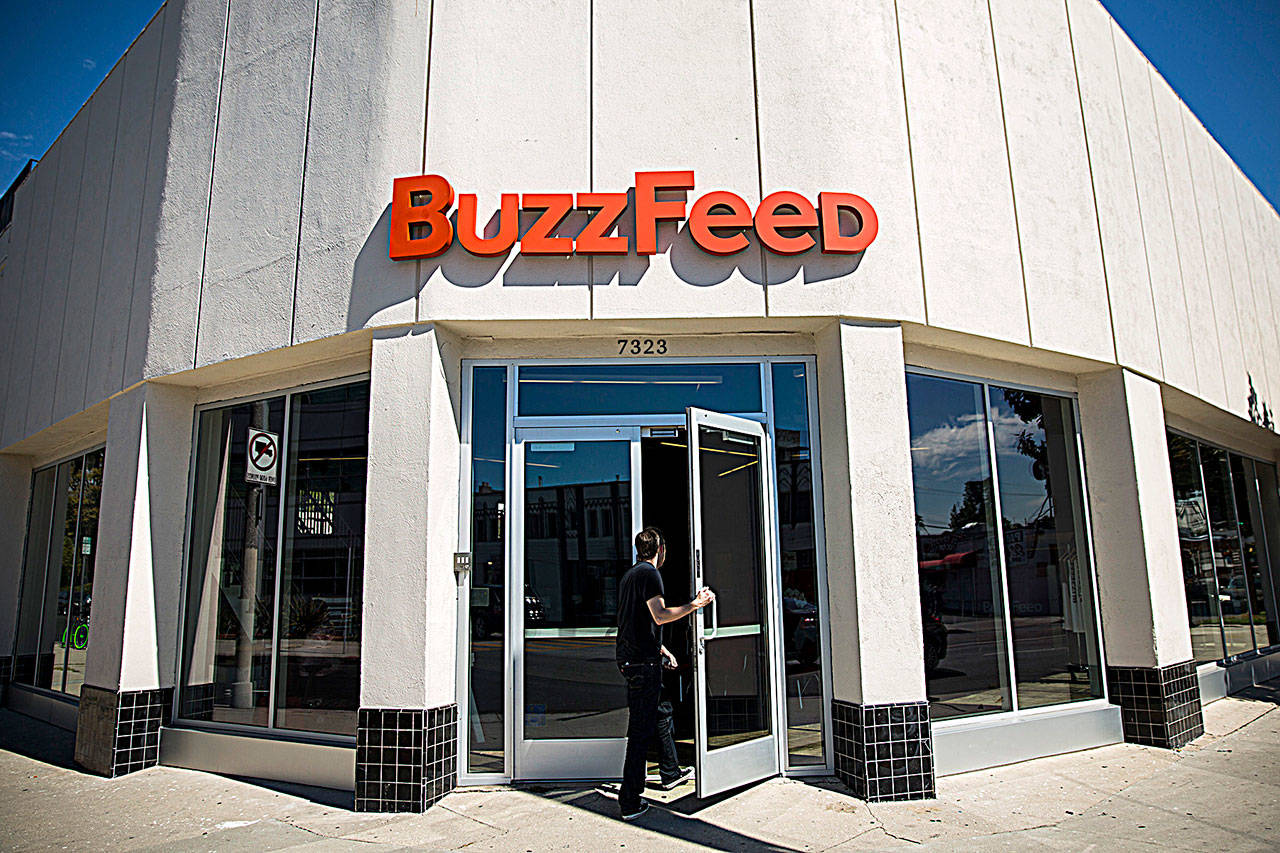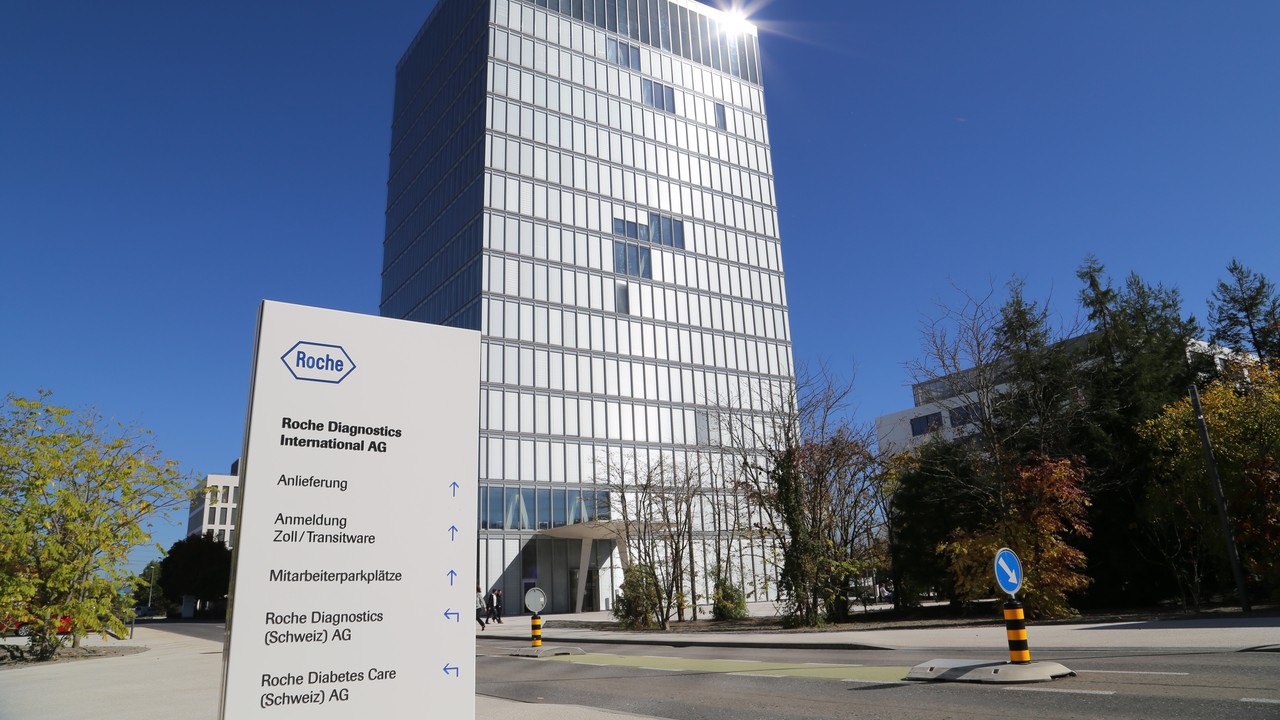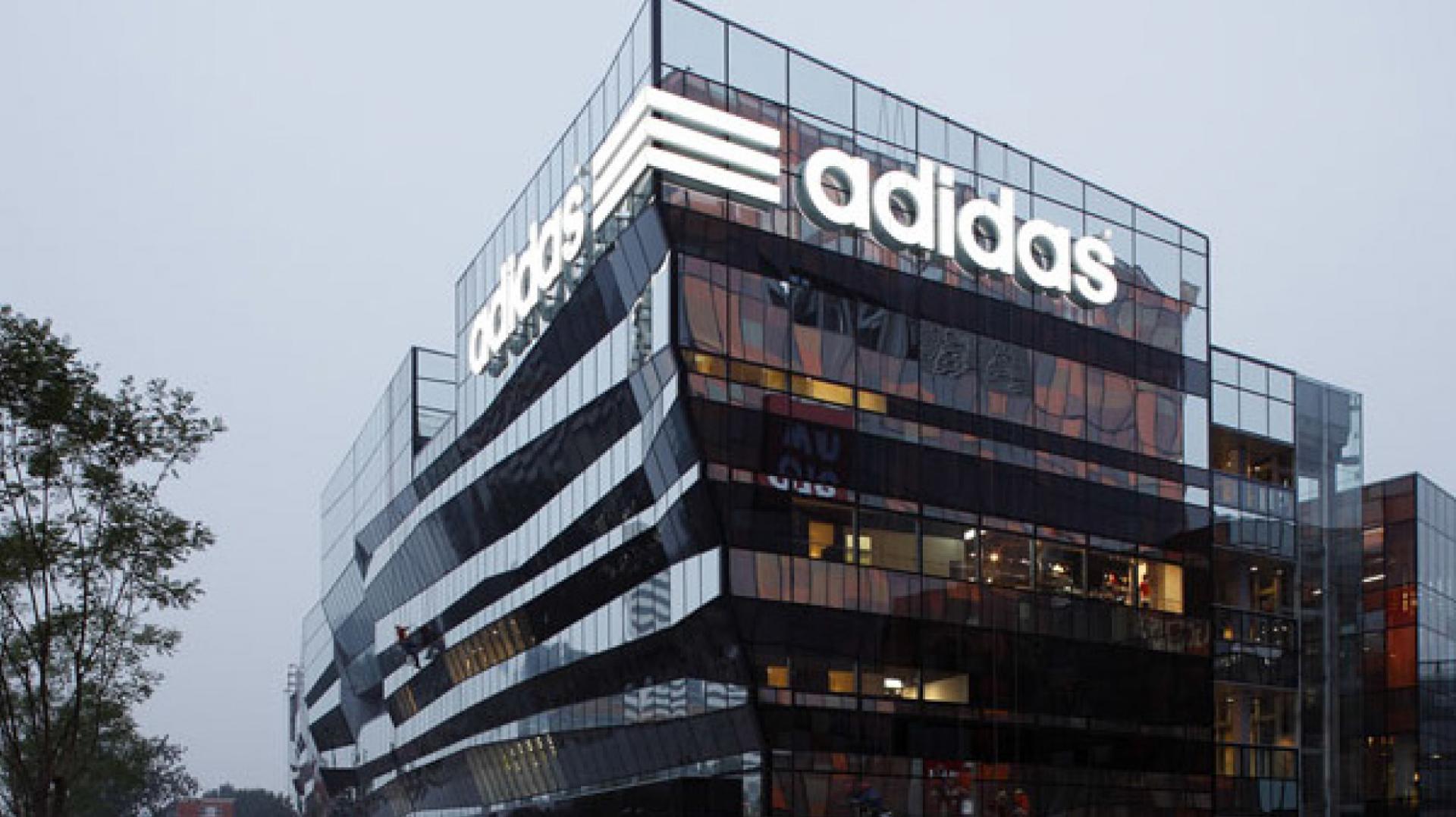Founded in 2007 and headquartered in Singapore, Property Guru is the largest platform for buying or selling real estate in Malaysia. Initially the company was focused only on the Singapore market, but now operates in 14 markets in Southeast Asia, but the priority is Singapore, Malaysia, Indonesia, Thailand and Vietnam. The Property Guru platform can be used both through the website and using a mobile application for a smartphone. The company’s revenues are generated by income from agents that charge for the use of the platform, offering developers a full package of operational support, as well as a range of advertising services. The company’s mission is to help people make effective decisions in the real estate market through relevant platform content and high service, as well as practical advice and ideas.
In 2019, the company’s revenue amounted to $ 66.7 million, and a net loss of $ 29.6 million. In 2020, revenue slightly decreased to $ 61.9 million, while the net loss, on the contrary, decreased to $ 8.8 million. Despite the fact that Property Guru incurred losses during the global COVID-19 pandemic, the company is posting strong sales levels that are reaching new highs in key markets. Property Guru has over 1,400 employees representing 30 nationalities and gender parity. As part of the ESG agenda, the company supports non-profit organizations such as BillionBricks, which helps the homeless in Asia, and Right to Play, which educates disadvantaged children.
Since 2007, Property Guru has raised $ 547 million in six investment rounds. In the last round of Series E, held in 2020, the company raised a record $ 223 million. Key investors include KKR, TPG, Emtek, Square Peg Capital and Deutsche Telekom. Property Guru has been interested in going public for some time, but the company has never disclosed its valuation. Nevertheless, we know that last year the company’s management considered the possibility of entering the stock exchange in Australia in order to raise $ 257 million. However, due to the unstable situation during the global COVID-19 pandemic, the management refused to IPO. It became known this year that Property Guru is considering a SPAC deal with Bridgetown 2 Holdings, which went public in January 2021. Property Guru has not yet applied for a listing, but the public offering is expected to take place in either the fourth quarter of 2021 or the first quarter of 2022. The indicative valuation of a public company may be $ 1.8 billion.
Among the main risks is competition in the real estate market, in particular from 99.co and ohmyhome. However, it should be noted that the Southeast Asian real estate market is rapidly recovering from the pandemic, especially in five key countries (Singapore, Malaysia, Indonesia, Thailand and Vietnam) that are showing notable GDP growth and increased demand for real estate services. The SPAC deal will include a $ 100 million private equity investment (PIPE) from investors such as Bailey Gifford, REA Group and Akaris Global Partners. Property Guru will be able to use the raised funds to further develop its platform, which will allow the company to continue to increase its market share amid growing effective demand for services in the real estate market.










